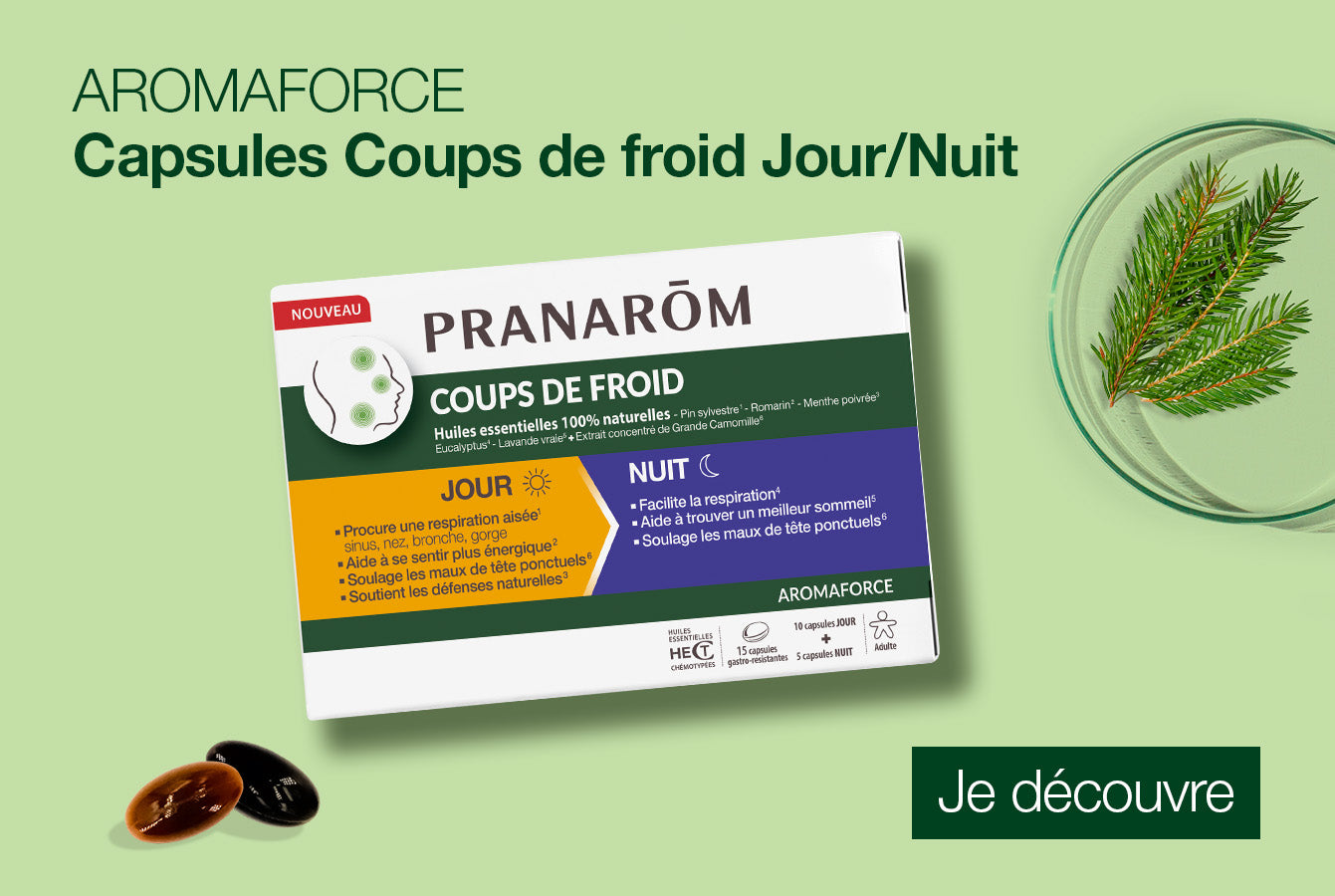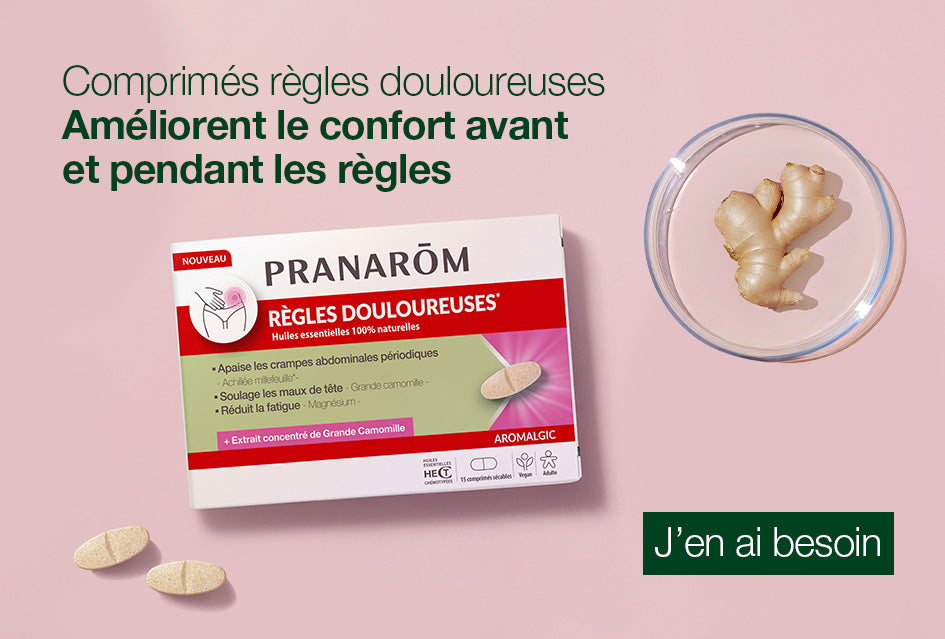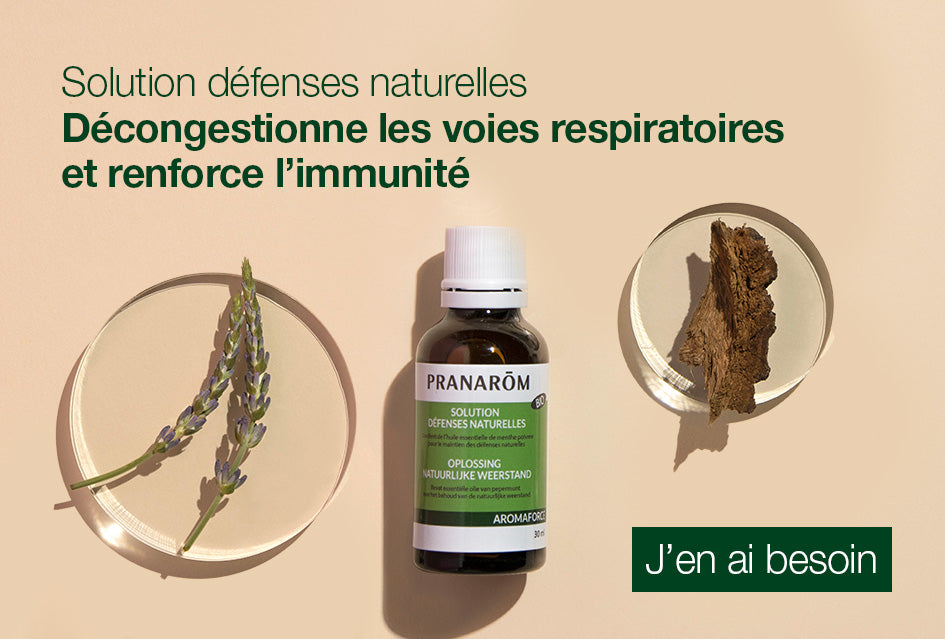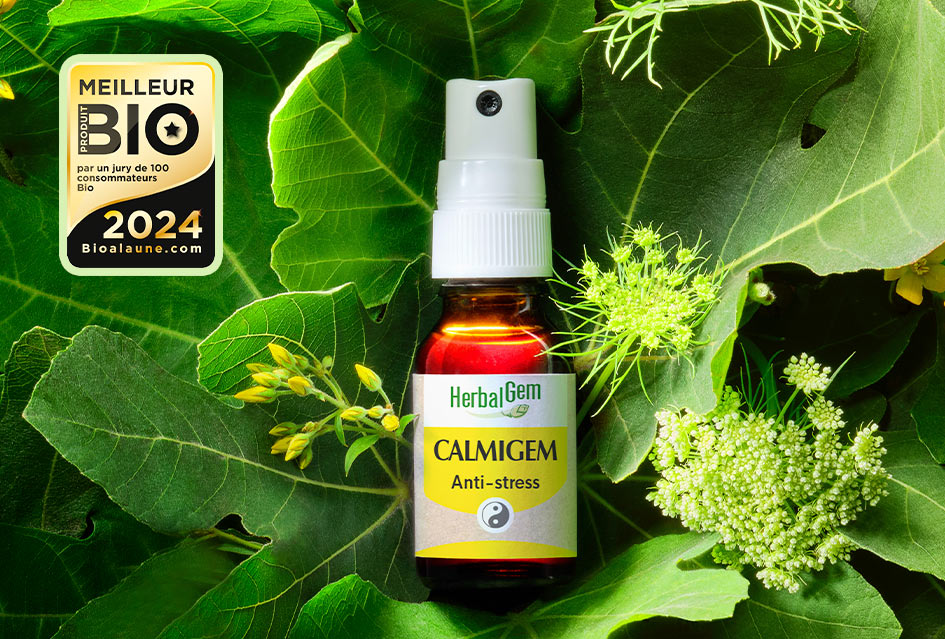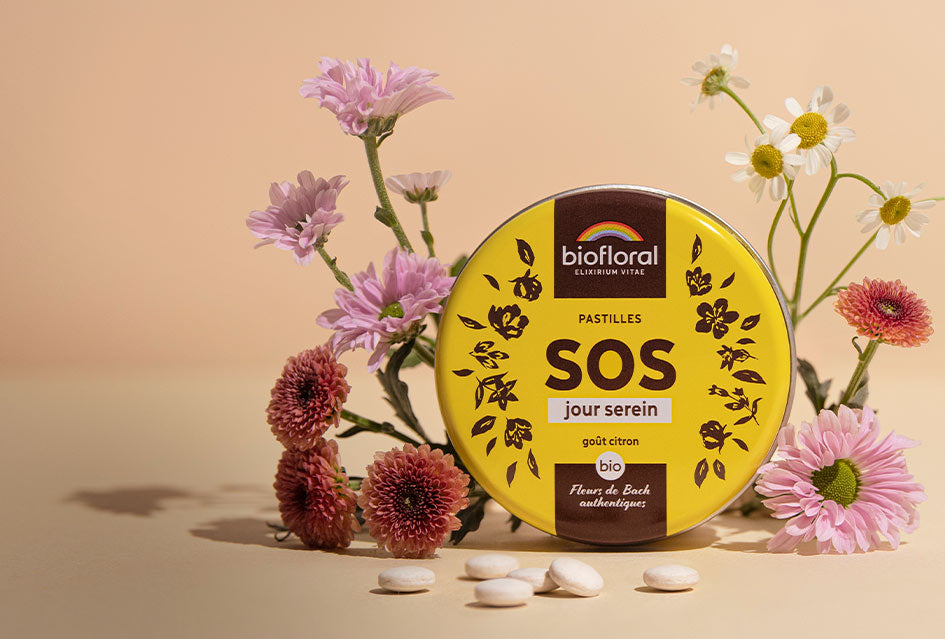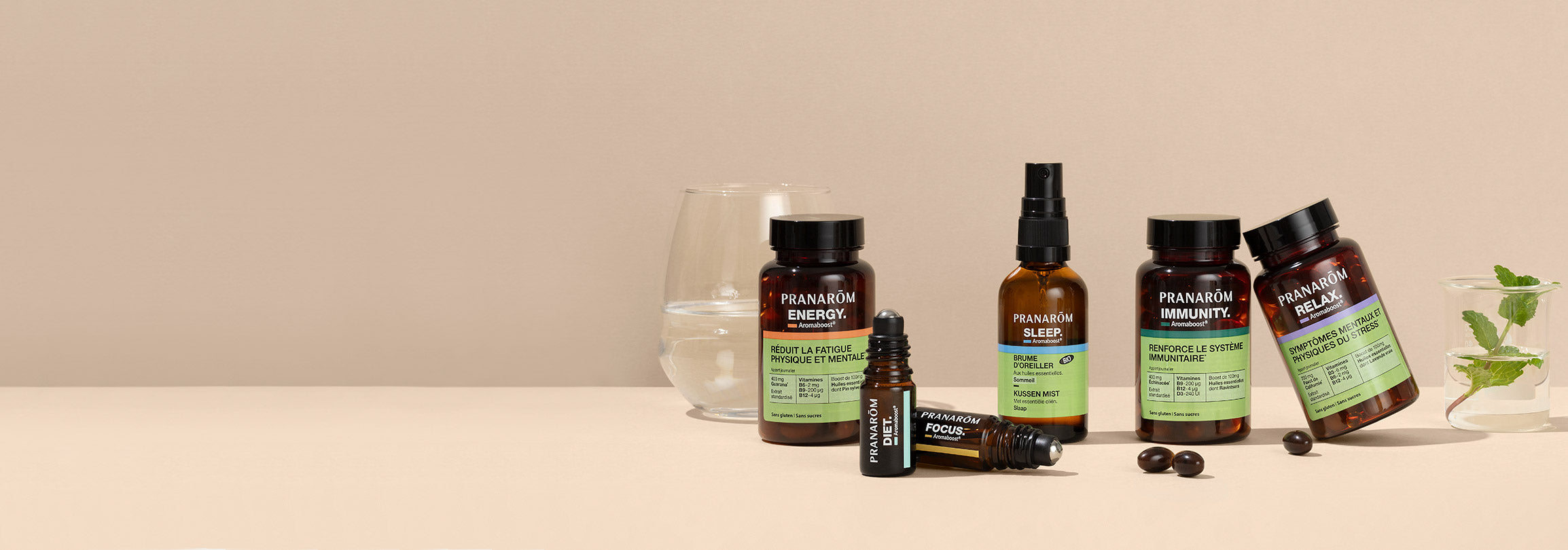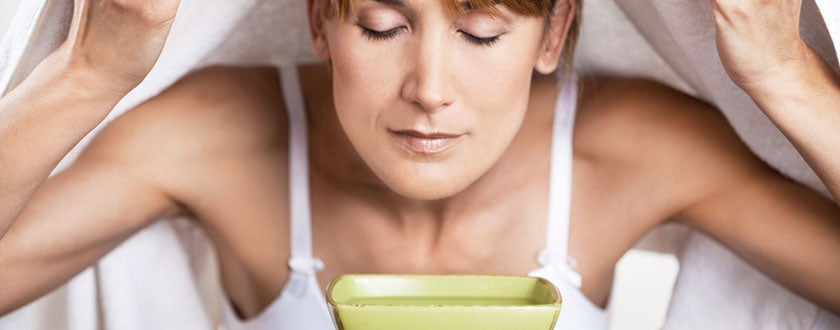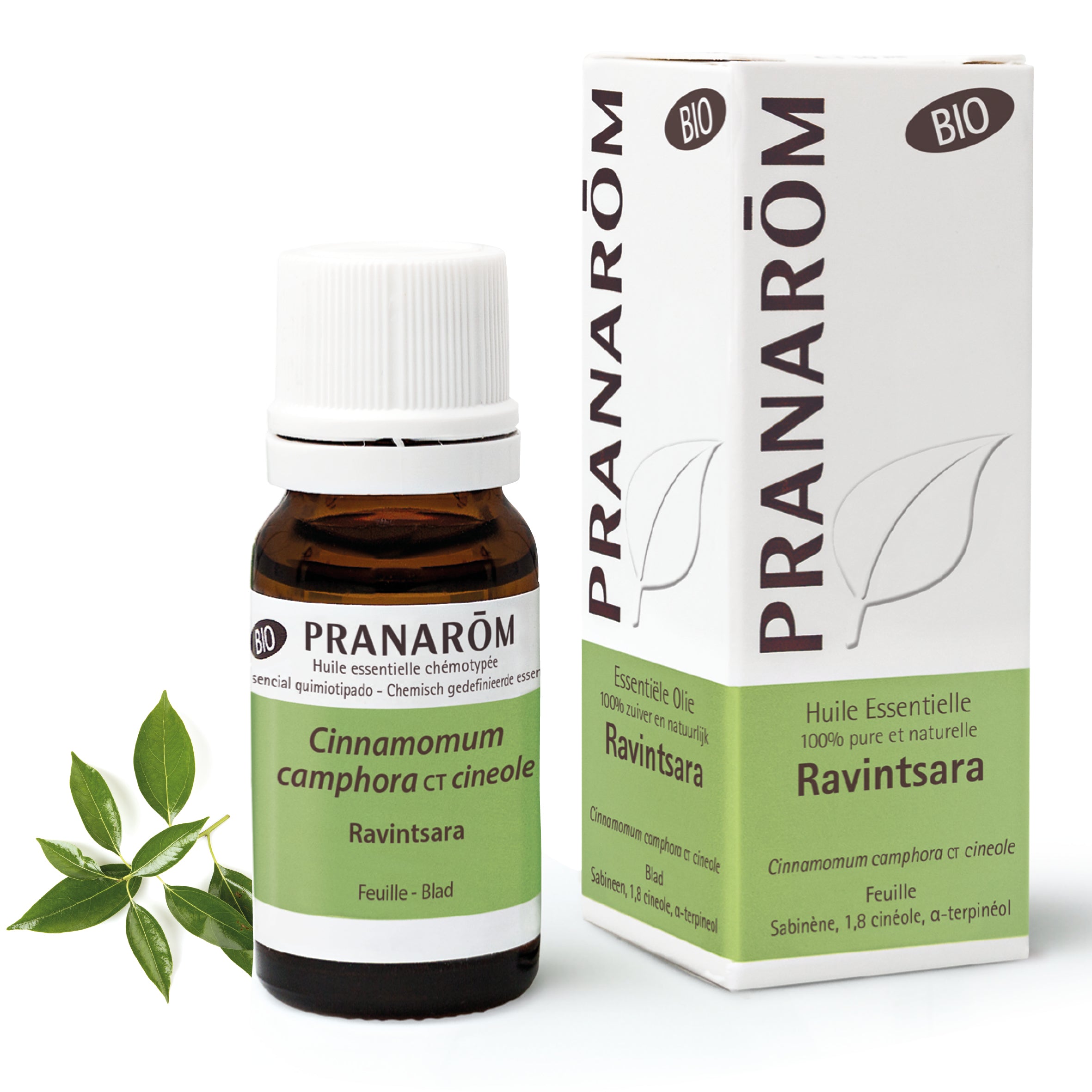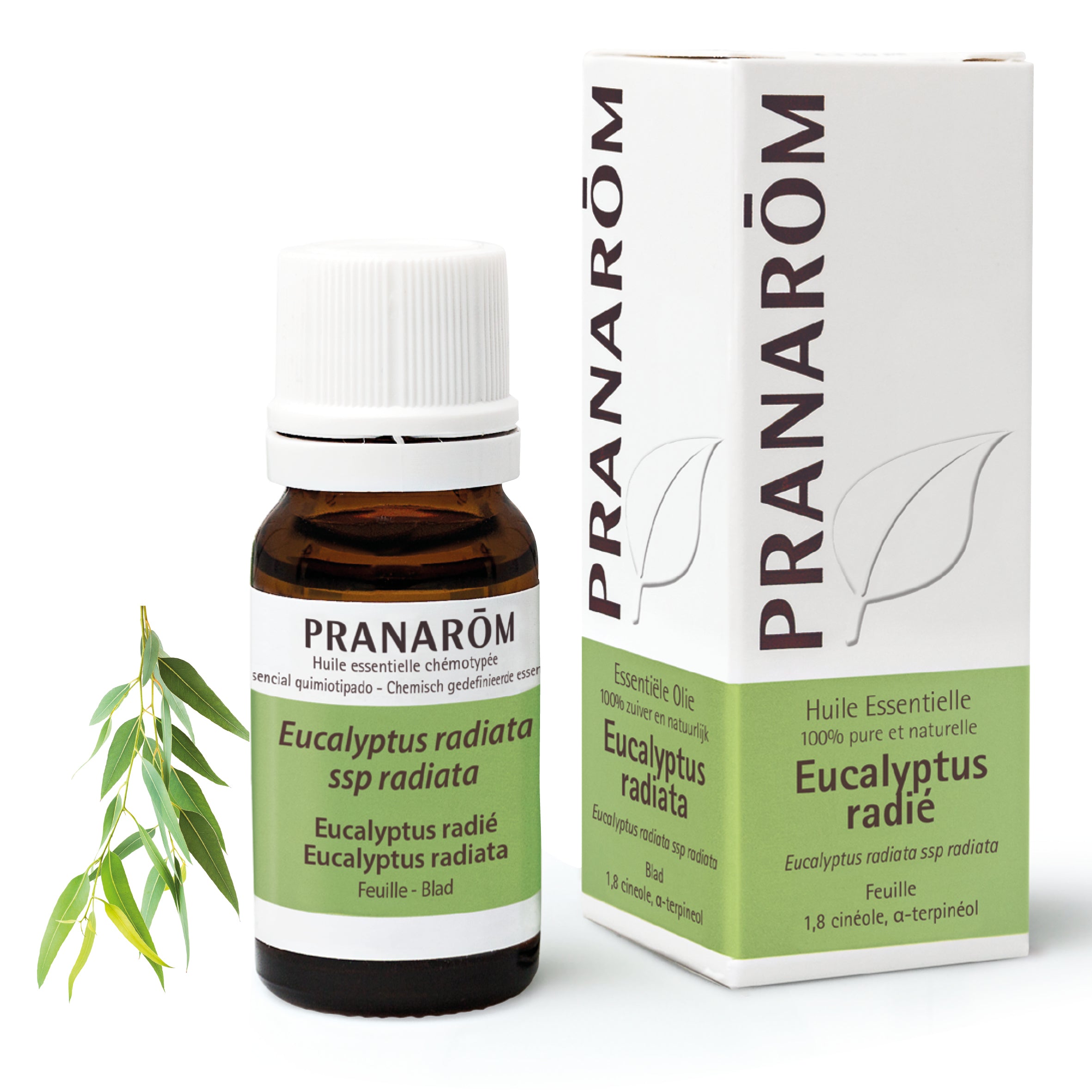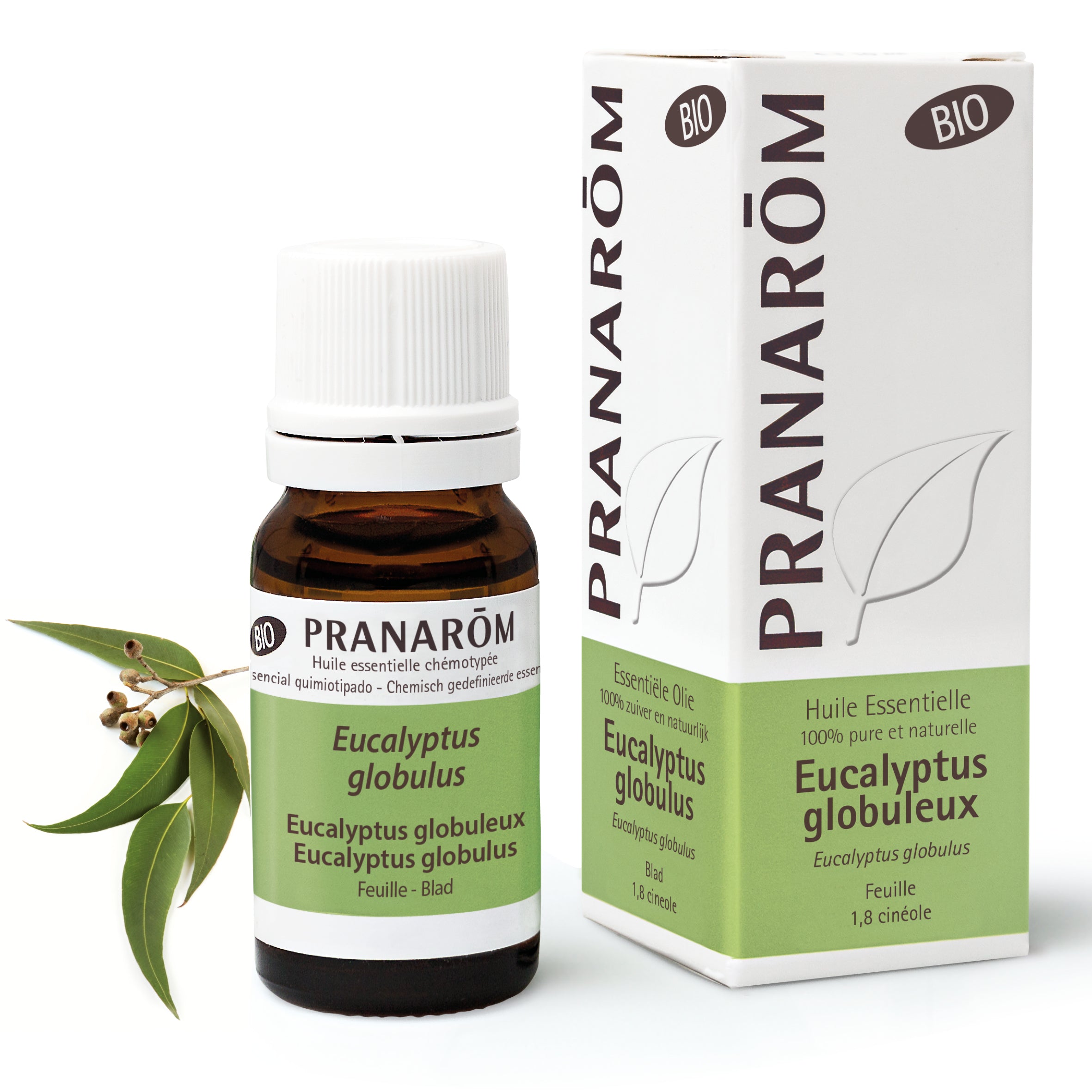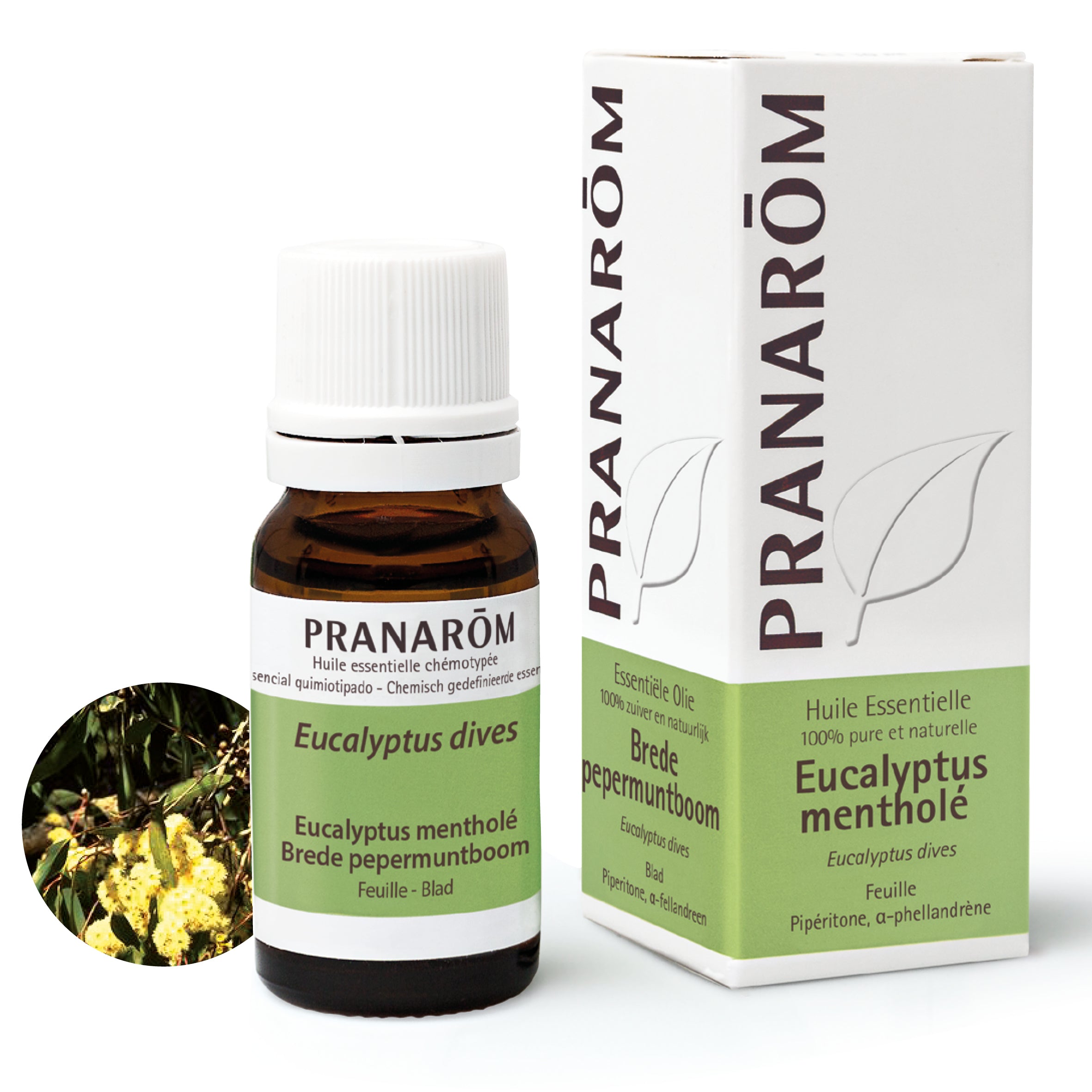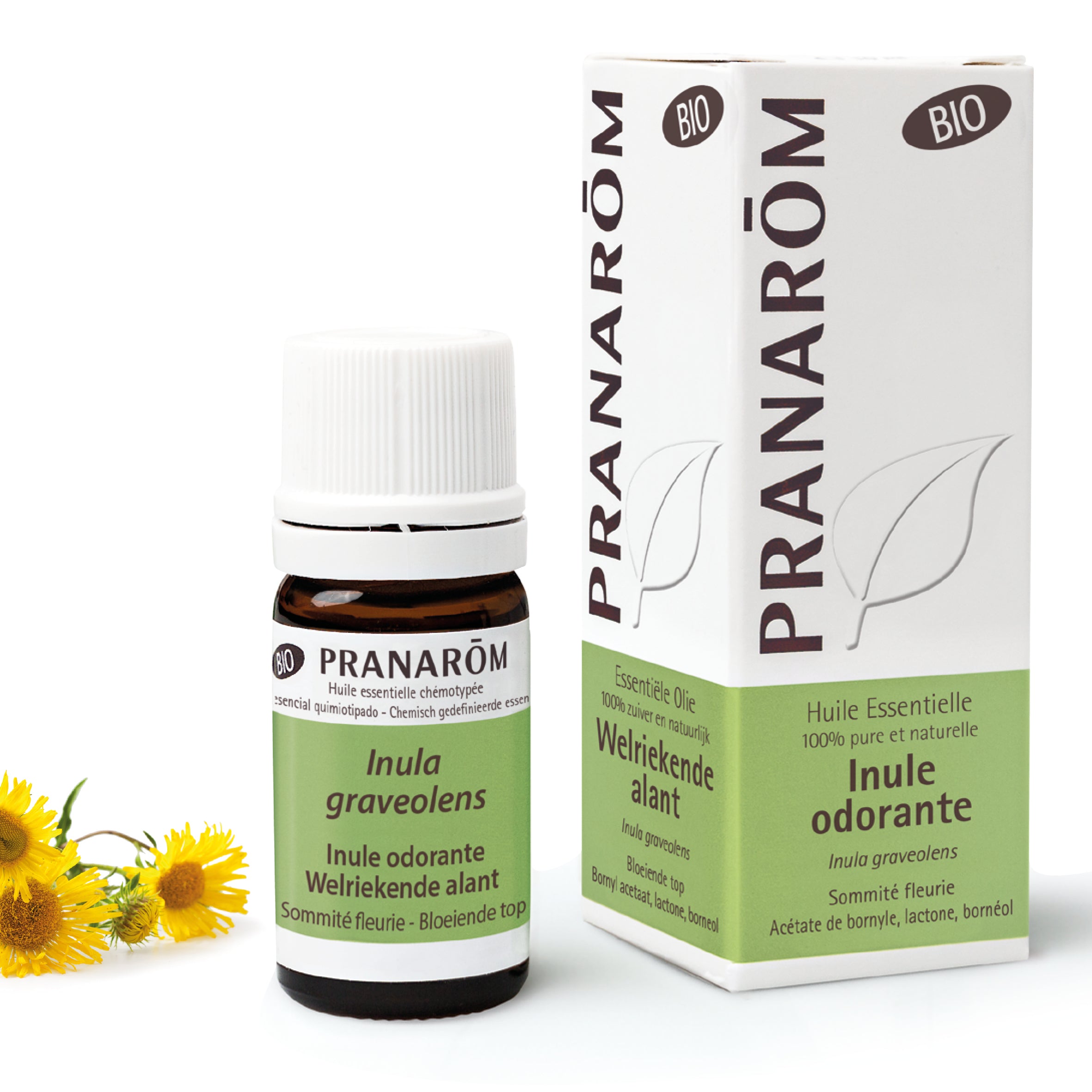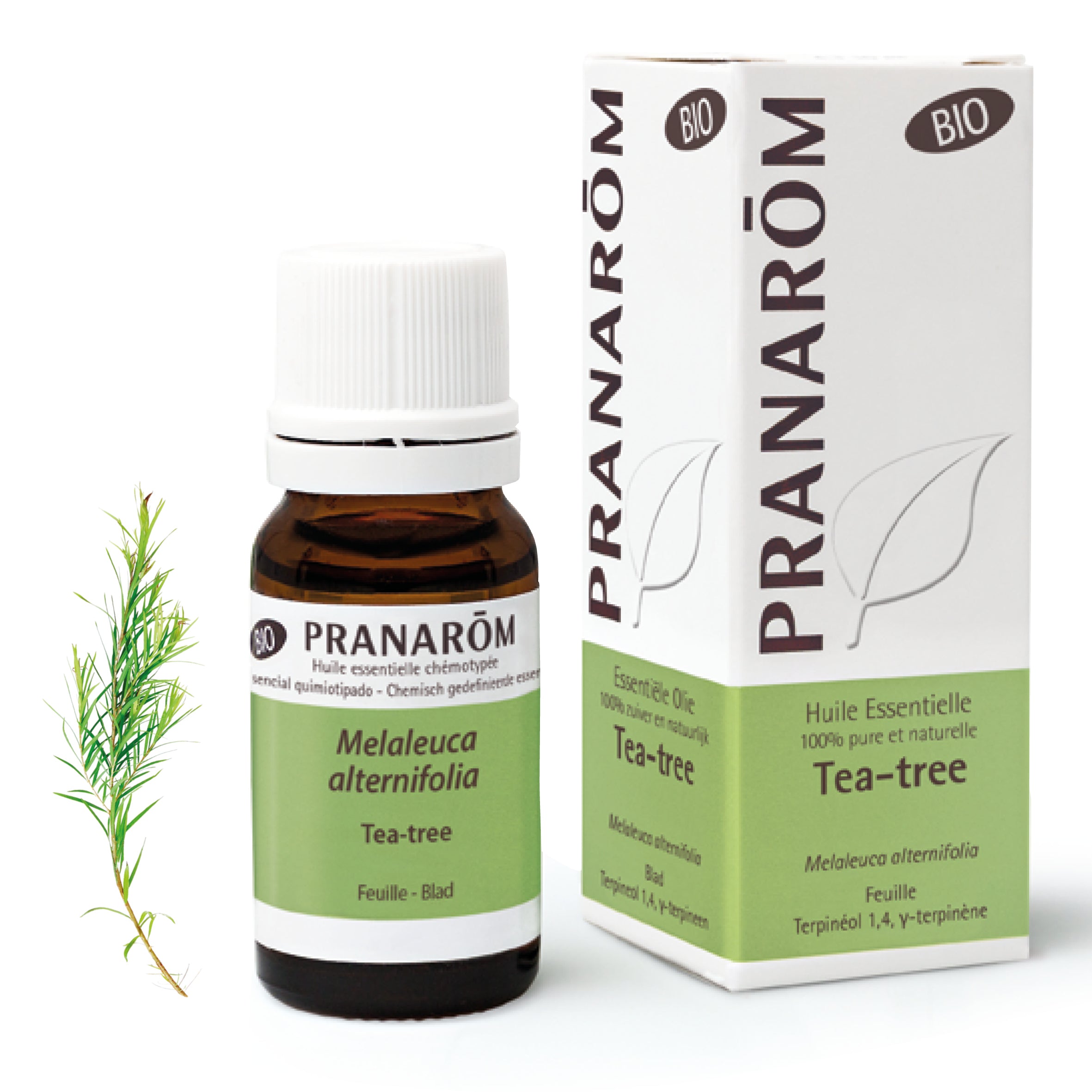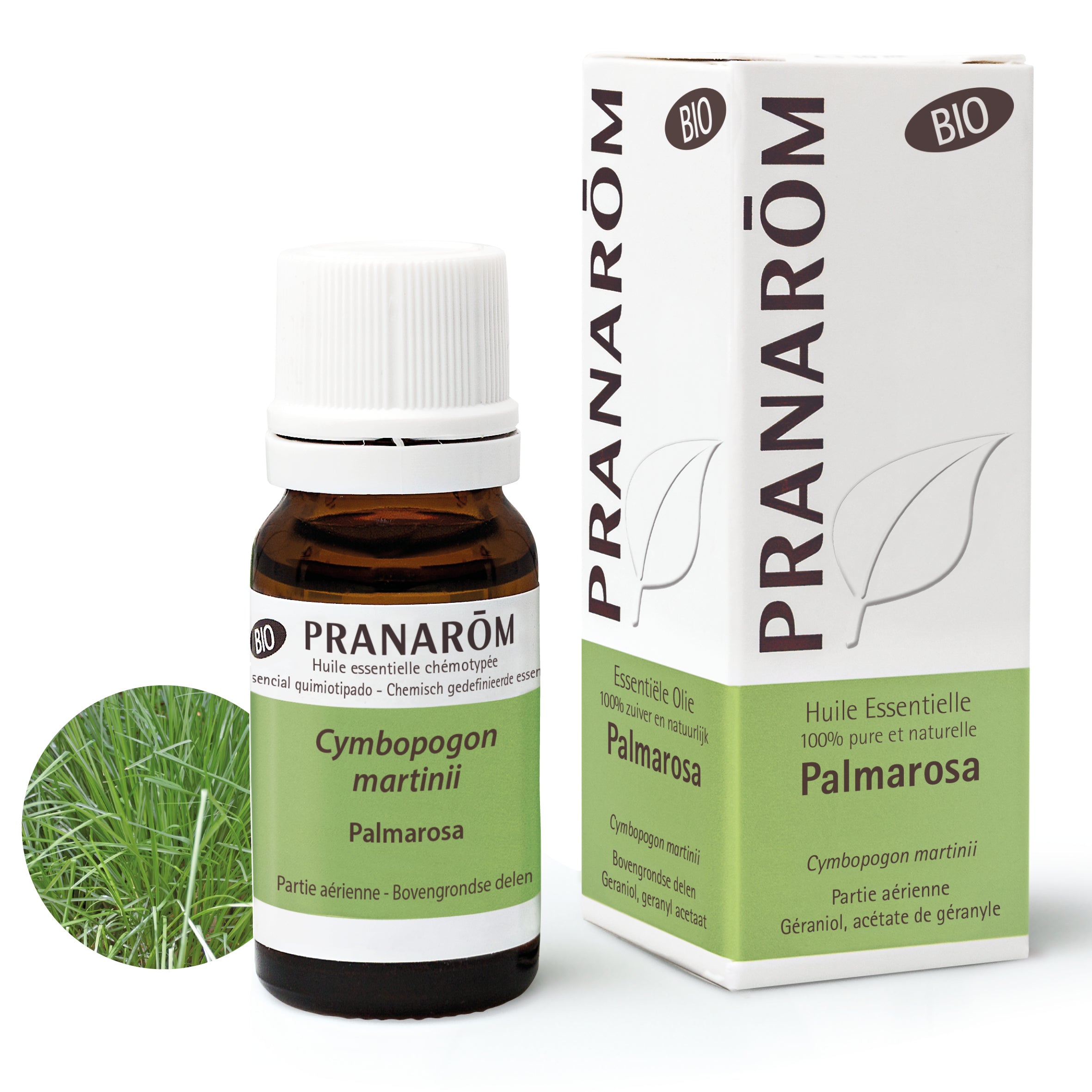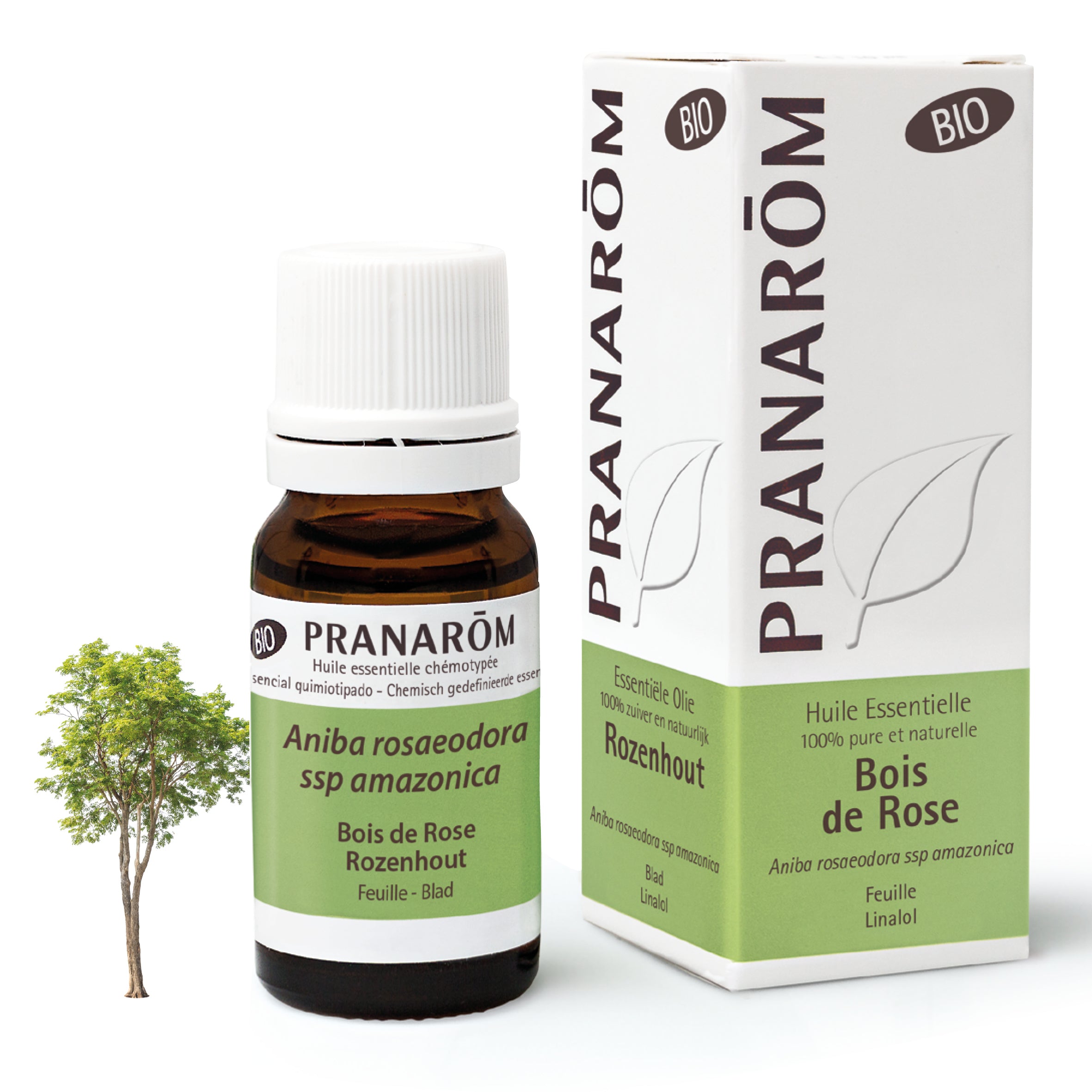Procédé thérapeutique très ancien, l’inhalation agit directement sur les voies respiratoires et la sphère ORL avec une efficacité redoutable. Un geste simple pour contrer les maux pénibles de l’hiver. Reste à bien sélectionner ses huiles essentielles et à suivre quelques conseils pratiques.
L'inhalation sèche
L’inhalation sèche consiste à mettre quelques gouttes d’huile essentielle sur un mouchoir, un oreiller, un châle ou à même la peau (quand c’est possible) et d’en respirer l’odeur. Ce procédé, qui conjugue voie respiratoire, voie cutanée et odorat, est étroitement lié à l’olfactothérapie, la science qui étudie notamment l’influence des odeurs sur les émotions.
Elle ne doit donc pas être confondue avec l’inhalation humide qui fait l’objet de cet article.


L’inhalation humide
Pratiquée depuis des millénaires, l’inhalation dite humide consiste à verser quelques gouttes d’HE dans un bol d’eau chaude (mais pas bouillante) et à respirer la vapeur qui s’en dégage. La chaleur permet de libérer les principes volatiles qui pénètrent par les voies respiratoires supérieures et la sphère ORL.
L’action est donc plus forte que pour la diffusion classique, mais plus douce qu’avec l’aérosolthérapie par exemple.
Chauffer les huiles essentielles ?
Pas de panique, chauffer les huiles essentielles dans ce cas-ci n’en dénature pas les propriétés puisqu’on ne fait qu’inverser le processus qui a permis de les extraire (rappelons que la distillation s’effectue en faisant passer de la vapeur d’eau sur les plantes), et qu’elles ne sont en contact avec la chaleur qu’un temps assez court.
Techniques d’inhalation
- Utilisez un inhalateur ou mettez votre tête au-dessus d’un bol d’eau chaude en vous couvrant d’une serviette (dans ce cas attention à bien protéger vos yeux).
- Vous pouvez également utiliser un filtre à café dont vous coupez la base que vous placez à l’envers sur un bol tel un entonnoir, ce qui permet à la vapeur d’être canalisée vers votre nez et votre bouche.
- Versez en moyenne 5 gouttes d’huile essentielle dans de l’eau non-bouillante. Les huiles essentielles n’étant pas solubles dans l’eau, elles vont flotter à la surface. Le volume d’eau n’a donc aucune importance. En revanche évitez de mettre trop d’huile essentielle.
Quelles huiles essentielles pour l’inhalation ?
Afin d’obtenir un résultat véritablement intéressant, il convient de mélanger les huiles essentielles en fonction de leurs spécificités : une pour ses propriétés expectorantes, une pour faciliter l’évacuation du mucus en le fluidifiant et l’autre pour ses vertus anti-infectueuses. Dominique Baudoux, pharmacien fondateur de Pranarôm, préconise donc de verser dans votre eau chaude :
- 2 gouttes de Ravintsara, d’Eucalyptus radié ou d’Eucalyptus globulus
- 2 gouttes d’Eucalyptus mentholé ou d’Inule Odorante
- 2 gouttes de Tea Tree, de Palmarosa ou de Bois de Rose
Une version pratique ?
Utilisez les capsules d’inhalation bio à dissoudre , prêtes à l’emploi, développées par Pranarôm. Constituées d’huiles essentielles de Ravintsara, d’Eucalyptus globuleux, de Tea tree, de Palmarosa, de Menthe poivrée et d’Eucalyptus mentholé.
Conseils d'utilisation :
- Une capsule à diluer dans un inhalateur, maximum 3 fois par jour pendant 5 jours.
- Inhaler les vapeurs pendant 5 minutes maximum.
En cas d'irritation cutanée, appliquer un peu d'huile végétale sur la zone sensible. Lire attentivement la notice avant utilisation.
Trouvez le point de vente près de chez vous
Quelques précautions :
- Toutes les huiles essentielles ne se prêtent pas au processus d’inhalation. Veillez surtout à ce qu’elles soient non-irritantes pour les voies respiratoires.
- Les huiles essentielles contenant des phénols sont interdites à l’inhalation. Cela concerne notamment l’huile essentielle de Thym CT Thymol, l’Origan Compact, La Sarriette des Montagnes, le Giroflier (clous), la Cannelle de Ceylan ou encore le Basilic exotique.
- L’inhalation étant un procédé très puissant veillez à bien protéger le contour du nez et de la bouche souvent irrités par les passages répétés de mouchoirs avec du beurre de Karité par exemple.
- Certaines huiles essentielles peuvent être utilisées dès 3 ans.
- L’inhalation est déconseillée à la femme enceinte ou allaitante.
- Restez au chaud après une inhalation car la dilatation des voies respiratoires par la chaleur de l’inhalation risque de rendre très désagréable un contact avec l’ai froid.
- Fermez les yeux lors de l’inhalation. Si vos yeux piquent, évitez de frotter avec de l’eau mais préférez une huile végétale comme l’amande douce ou l’huile de noyaux d’abricot qui viendra « diluer » l’huile essentielle.
Source :
- Les Cahiers Pratiques d’Aromathérapie selon l’Ecole Française de Dominique Baudoux, septembre 2006


